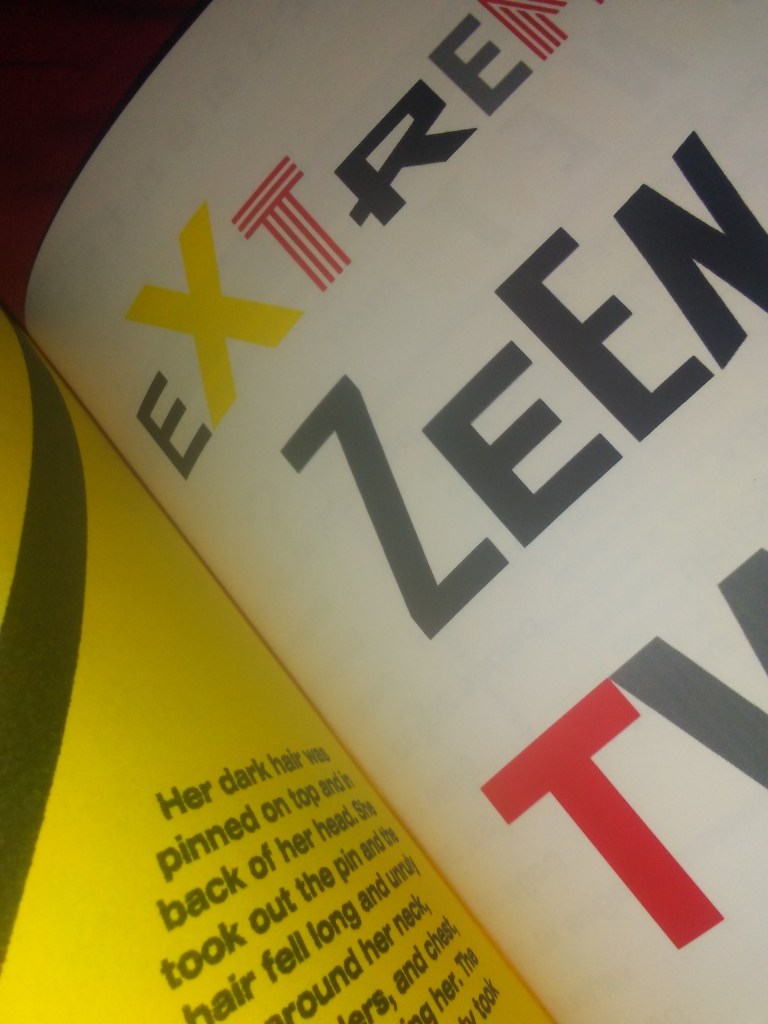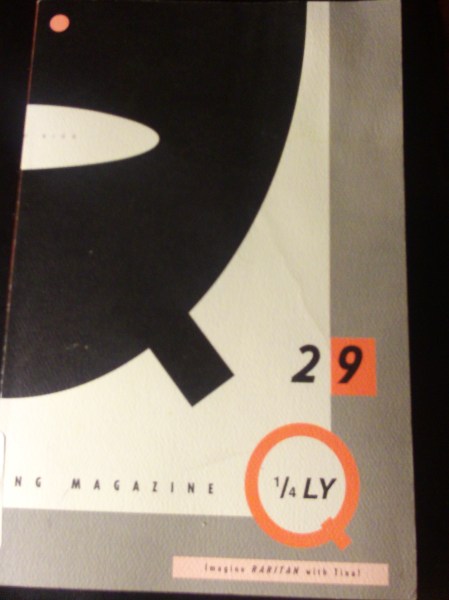CREATIVITY: What is it? Sometimes it’s presenting a new way of looking at things, a new angle, new viewpoints. Merging genres or mixing styles. Or contrasting, as with our new feature story– “Molasses” by Bud Sturguess— comedy and tragedy. A look at the Titan submersible disaster of 2023 and reactions to it. The story is really about: us. Humanity, with all our flaws, quirks, ambitions and foolhardiness which make us the unique– or uniquely foolish– creatures we are.
Creativity is the goal of this project. Which means offering entertainment to readers, but at the same time, varied vantage points on art, life, writing. Anyway, we hope you enjoy the story!
Whenever I heard of the Great Molasses Flood, I used to grin and think, “how do you not outrun molasses?” It must have looked like a scene from Ghostbusters II, the evil slime oozing down streets and tunnels. I mean, molasses is used as a metaphor for slowness; how could anybody fail to escape a “flood” of it? Or did big fat globs of syrup rain down from the sky and trap whoever they landed on, like a mosquito in an amber fossil?
XXX
ON OTHER FRONTS, we hope to soon revive our Open Mic blog, with new ideas planned for it. In the meantime, we’re offering a short, energetic piece of music there by Ben Macnair: “Fat Chaffinch.” A signal of the energy which will be coming to this site.


















